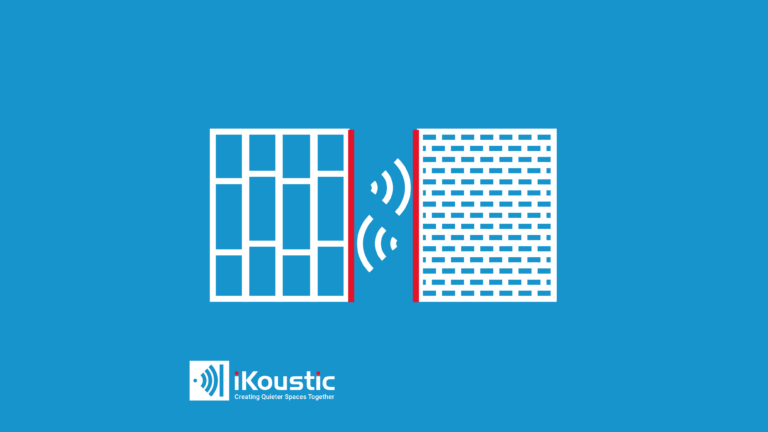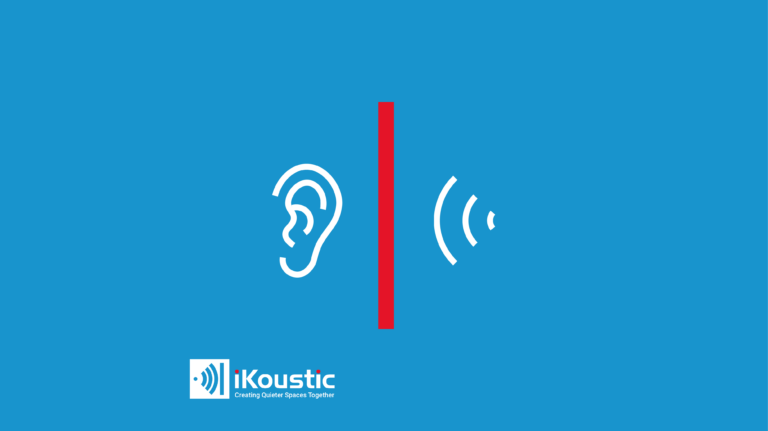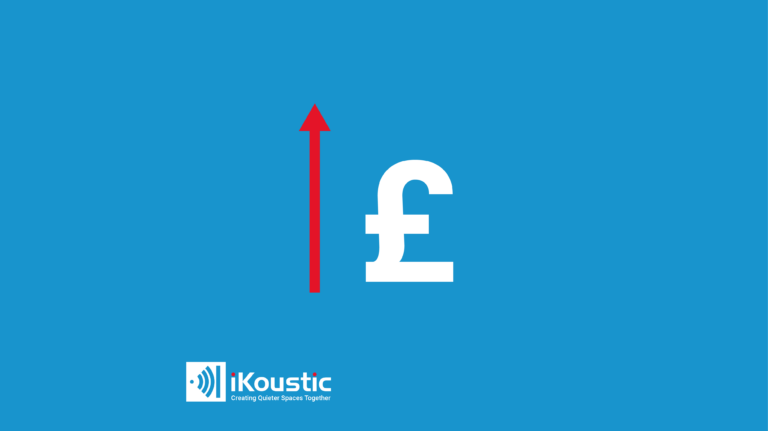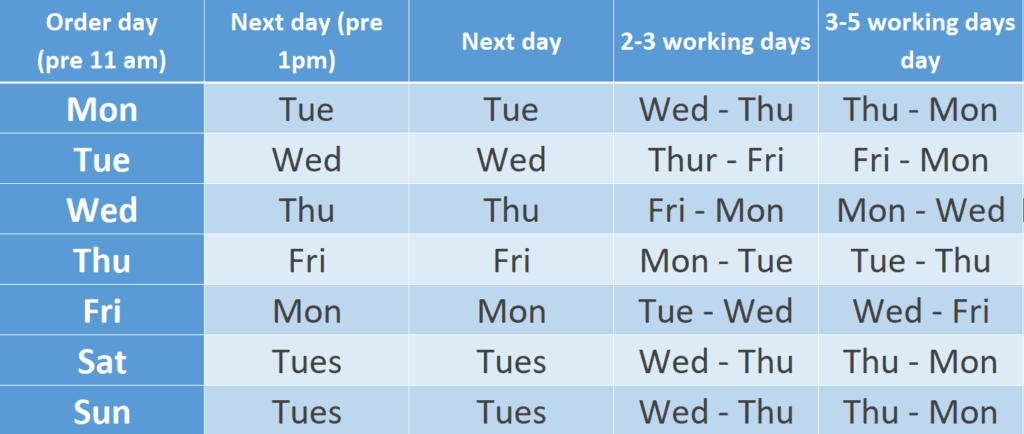How to soundproof a rental room (top options)
Soundproofing a rental can be difficult as you don’t want to spend too much on a property you don’t own, or damage it. However, as a tenant, there are things you can do to improve the soundproofing of your apartment room, quickly, cheaply and easily.
How to soundproof a rental room
- Reduce airflow in and out of the room
- Control sound inside the room to reduce reverberation
- Control impact noises in your space
Types of noise to block in rental rooms
Traffic Noise
How to reduce traffic noise is a rental room for better sleep
Airborne Noise
How to reduce airborne noises like music, talking and TVs
Impact Noise
How to reduce impact noise from your flat to the flat below
Block traffic noise in a rental room
Traffic noise is a major issue in many flats and can be easily reduced with a few simple measures. While full-on soundproofing is expensive and involved, you can reduce the amount of noise from outside by replacing the seal around windows.
Windows are the biggest issue for traffic noise getting into a room. By simply installing some weather tape, the noise can be significantly reduced. While this might sound too good to be true, think about the difference between the amount of noise a closed window allows in v/s a window cracked open. With fewer cracks, less noise gets inside.
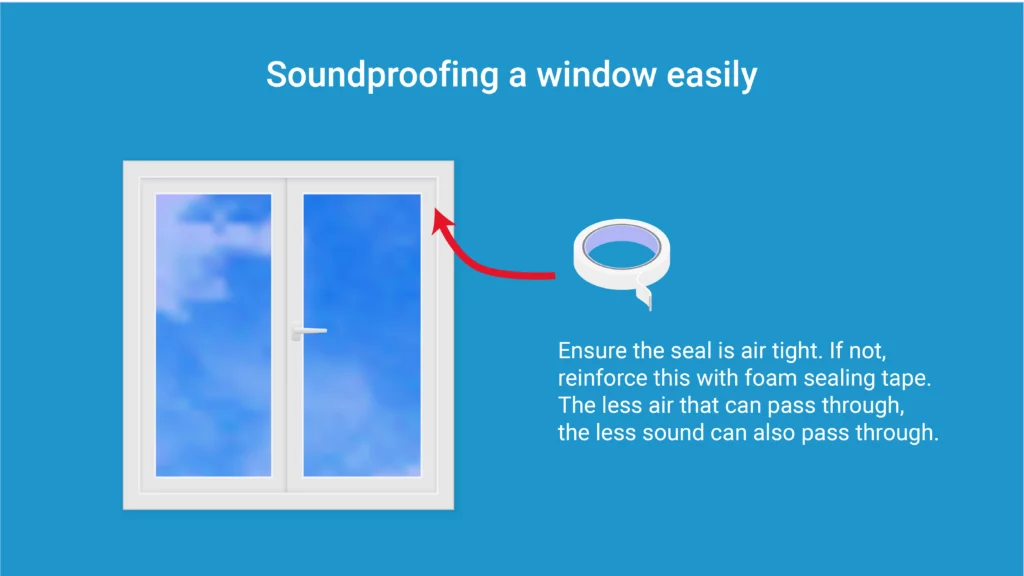
Block airborne noise in a rental room
To block rental noise, you need materials of high mass. While there is no getting around this fact (and that you need to build a soundproofing wall!), there are a few things you can achieve in a rental room.
Once again, we need to turn to airflow. In flats, this can lead to a lot of sound moving between apartments through cracks, sockets, and light fittings. All of these create weaker points in a wall and sound travels through more easily.
- Acoustic sealant into cracks/gaps in the wall
- Socket box and sealant behind electric sockets
- Downlight acoustic covers and sealant around downlights
- Remove wall shelving and pull furniture away from the wall
Control noise inside a rental room
Something else you need to consider is where the sound is coming from. If you’re struggling with noise generated inside your own flat, then you can improve this. Once again, adding high-mass materials like plasterboard is going to be truly effective, however, we can also dampen sound.
Dampening sound does not block it, but it prevents excessive reverberation. Reverberation will amplify noises, making the issue worse and the sound quality poor. By introducing more soft furnishings and materials, the sound can be better controlled.
Once again, I must stress that this is not soundproofing so don’t get confused and start sticking foam panels to your wall, expecting a miracle! However, the noises will be at a quieter volume and have a warmer, softer quality to them.
Reduce impact noise in a rental room
If your neighbours downstairs can hear you clomping around above, then have you got a rug? While there are more comprehensive floor soundproofing solutions, you are unlikely to want to spend very much on a rental property. Adding a thick rug to high-traffic areas will help to reduce the impact vibrations.
If you have a squeaky floorboard or two, then you can fix them quite easily. Contact your landlord to see if they can do it for you, as this would be best. Lift the nail from the floor board. Add a watered-down PVA glue on the joist and around the perimeter of the board. Relay it with a new nail. Ta da!
Flat rental and soundproofing rights
When you rent a flat, you do have rights for levels of soundproofing. In the UK, this comes under the Part E document. This is quite a long document, but we have condensed it down into a helpful blog post looking at the laws of soundproofing. It covers your expectations as a tenant and what to provide as a landlord.





